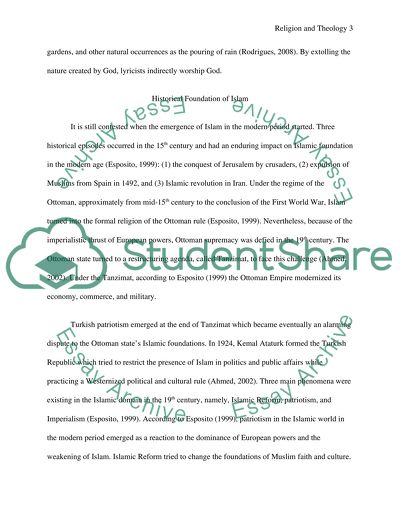Islamic Symbolism and History Essay Example | Topics and Well Written Essays - 500 words - 1. Retrieved from https://studentshare.org/religion-and-theology/1577952-islamic-symbolism-and-history
Islamic Symbolism and History Essay Example | Topics and Well Written Essays - 500 Words - 1. https://studentshare.org/religion-and-theology/1577952-islamic-symbolism-and-history.


